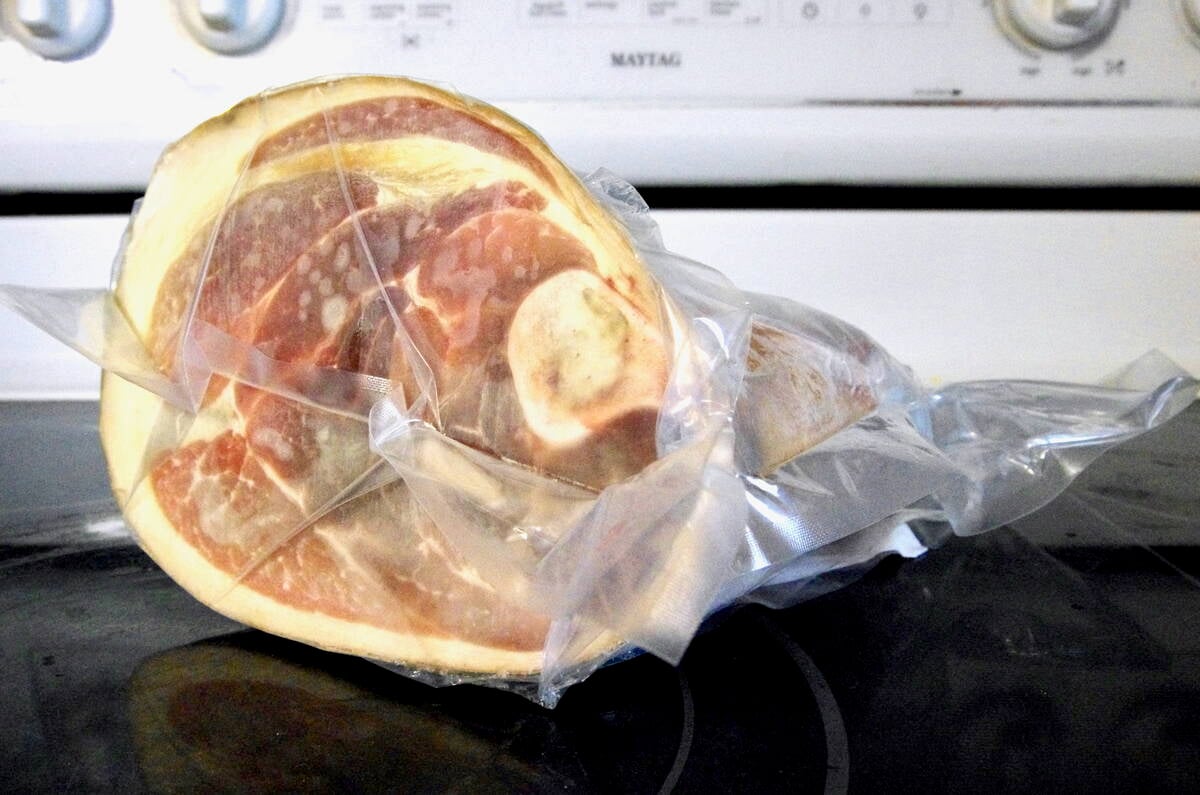The Canola Council of Canada is closing in on what its president once dubbed a “big, hairy and audacious” goal.
Meeting the ambitious target of producing 15 million tonnes of the oilseed by 2015 is starting to look attainable in the wake of a year in which farmers managed to produce 11.9 million tonnes of canola despite miserable growing conditions.
“I think everybody is starting to feel now that they’re going to be close,” said Chris Beckman, oilseed analyst with Agriculture Canada’s market analysis division in Winnipeg.
Read Also

Trade war may create Canadian economic opportunities
Canada’s current tariff woes could open chances for long-term economic growth and a stronger Canadian economy, consultant says — It’s happened before.
Agriculture Canada recently released a canola sector situation and outlook report forecasting 14 million tonnes of production by 2018, indicating that the industry would fall short of its goal.
But Beckman said that number was produced by a sister shop in Ottawa that tends to be conservative in its outlook.
“Personally, I think we’re on track to meet the Canola Council’s 15 million tonne goal,” he said.
Beckman’s belief in the industry was bolstered by Statistics Canada’s November 2010 production estimate in which the agency found an extra 1.4 million tonnes of canola production.
Robert Hunter, vice-president of communications with the Canola Council of Canada, said the 15 million tonne target is doable.
“That’s an industry target, which we still think is very relevant to hit, especially after this last year. I mean, we thought we were going to be in a lot worse shape with regards to production but we’re pulling off close to 12 million tonnes.”
Since the goal was established in 2006, back when canola production was 9.1 million tonnes, production has generally been trending up-ward, although it has dipped slightly in the last two years from the 2008 record of 12.6 million tonnes.
Hunter said it’s a good sign that Canada has about seven million tonnes of domestic crush capacity, which is close to the 2015 target of 7.5 million tonnes.
“(We’re) not just relying on exports, which can fluctuate from year to year. We’ve actually put concrete in the ground.”
Beckman said the export outlook is good as well, with continued strong canola oil and meal demand forecast from China, Mexico and Pakistan.
Canola has faced increased competition from the former Soviet Union, where rapeseed production has grown exponentially.
Farmers in Russia and Ukraine produced 1.9 million tonnes of the crop in 2010-11, up from 280,000 tonnes at the start of the decade but down from the 3.7 million tonnes produced in 2008-09.
Beckman doesn’t expect a continuation of the rapid expansion of the former Soviet Union’s oilseed sector. He is forecasting stable production over the next decade as Russia, Ukraine, Belarus and Kazakhstan focus on boosting cereal grain production.
Hunter agreed with that assessment, noting that production capacity far exceeds export capacity in those countries.
“When it comes to actually getting that production to market, that’s where they really struggle,” he said.
A bigger concern for the canola sector is rising palm oil production due to trees that have been planted but have yet to produce.
“There could be a huge amount of production coming on line and that puts a really cheap product into some markets like Asia,” said Hunter.
But he noted that China, Japan and Mexico will continue importing canola and soybeans to support their crushing industries.
Oil World analyst Thomas Mielke doesn’t share Hunter’s concern about palm production. At a recent conference, he said the world needs palm oil output to increase at a rate of three million tonnes a year but that is unlikely to happen.
Several palm plantations have slowed expansion due to extreme pressure from environmentalists. Growth in acreage was halved in 2009 from the previous year, which will make it exceedingly difficult to meet demand in three years time, which is how long it takes for a tree to produce.
Mielke said the anticipated palm shortage will create a market opportunity for canola but it won’t likely materialize next year.















